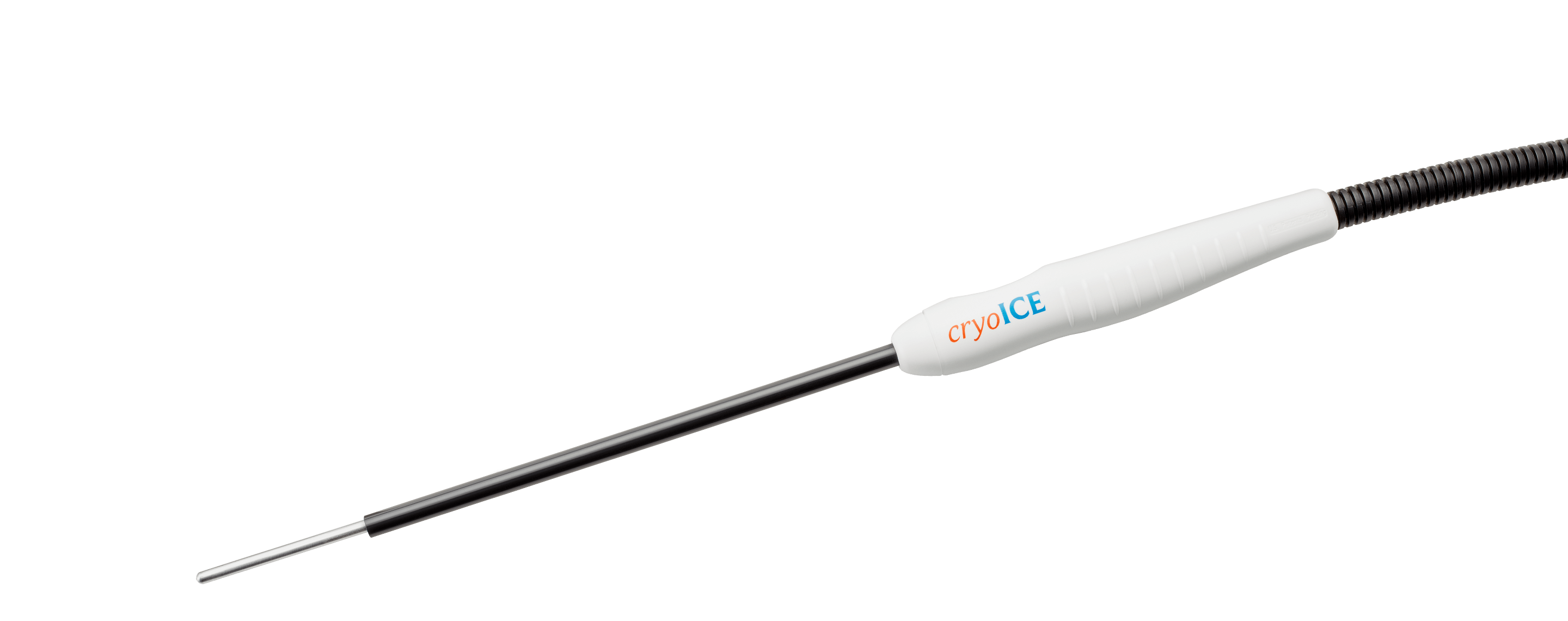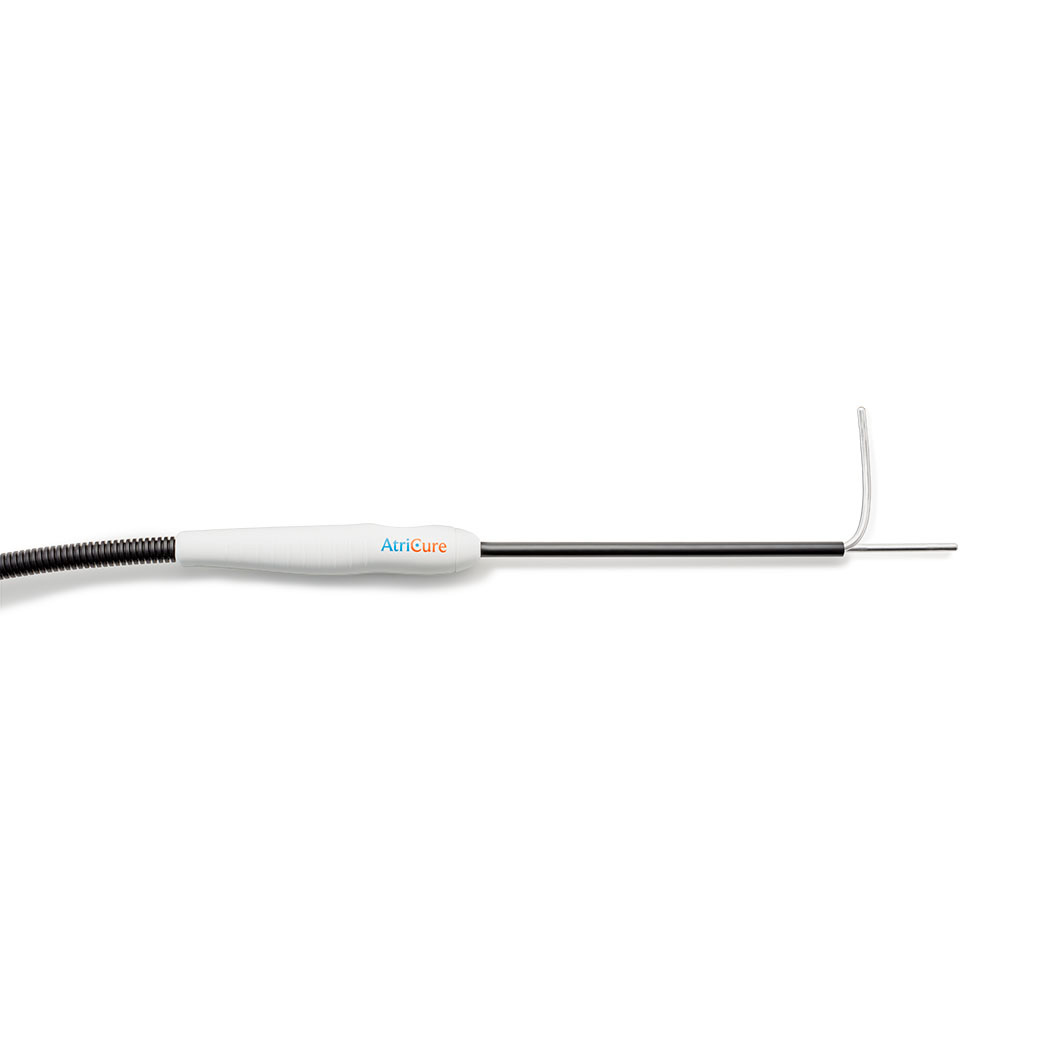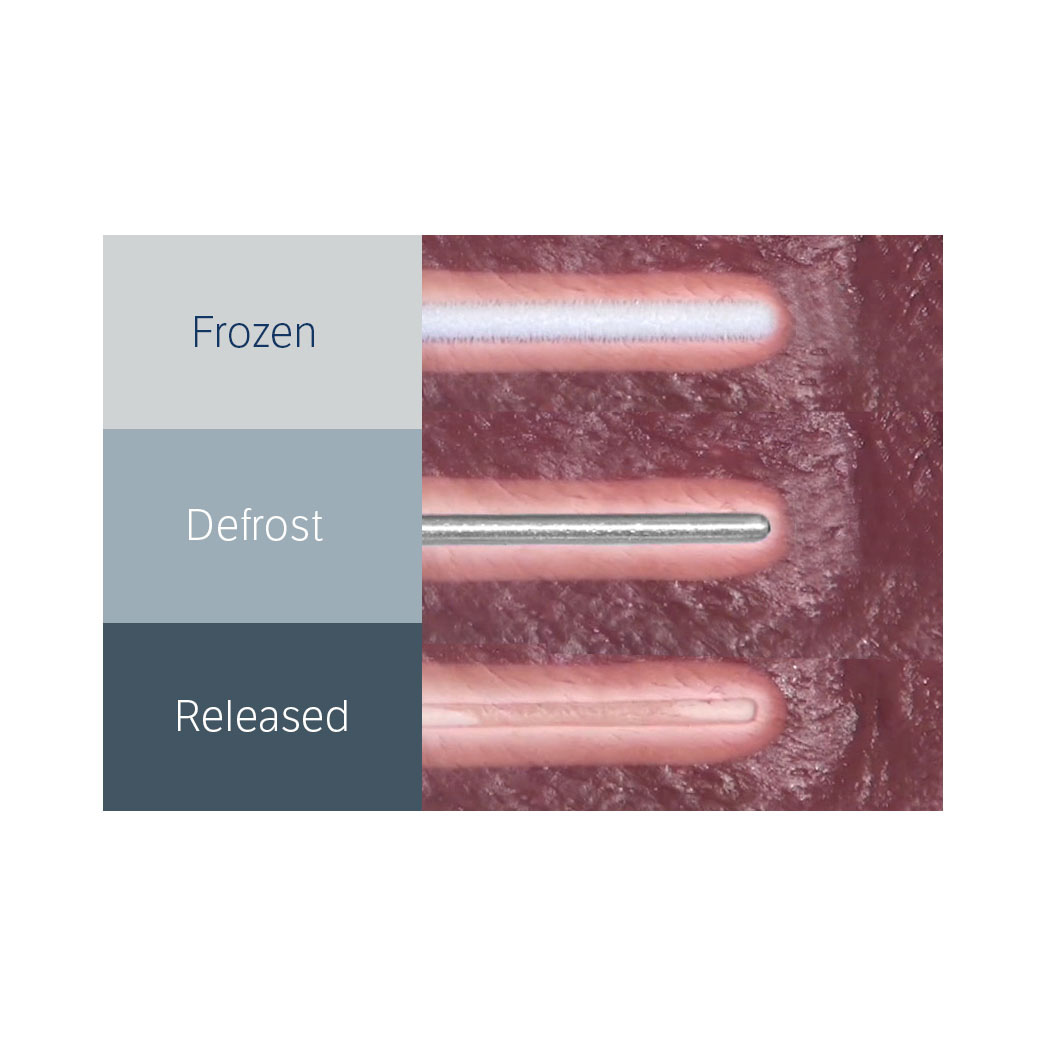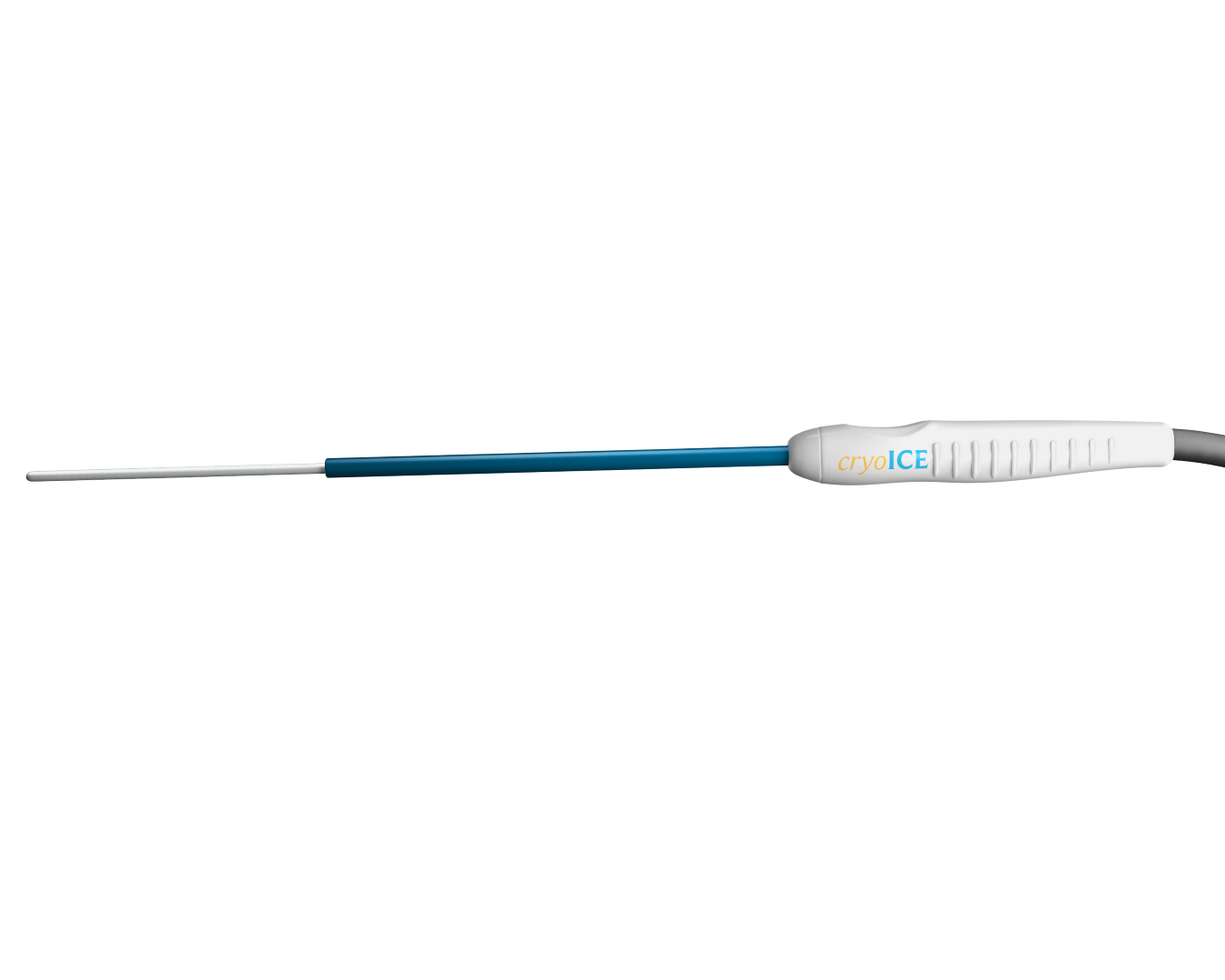-
Healthcare Professionals
-
Therapies and Procedures
-
Concomitant Surgical Ablation Therapy
- Ablation Sensing Unit & Switch Matrix
- cryoFORM® Cryoablation Probe
- cryoICE® BOX V6
- cryoICE® Cryoablation Probes
- Isolator® Linear Pen
- Isolator® Synergy™ Access® Clamp
- Isolator® Synergy™ Clamps (OLL2/OSL2)
- Isolator® Transpolar Pen (MAX3)
- Isolator® Synergy™ EnCompass® Clamp
- Multifunctional Ablation Generator (MAG)
- Hybrid AF™ Therapy
- Hybrid Total Thoracoscopic Therapy
- Left Atrial Appendage Management
- Cryo Nerve Block Therapy
-
Concomitant Surgical Ablation Therapy
- Education & Training
- Clinical Evidence
- Product Labeling
- Resources
- Society Guidelines
-
Therapies and Procedures
- Patients & Caregivers
- About AtriCure
cryoICE Cryoablation Probes

Removes Heat Faster(1)—Stays Frozen Longer
This product may not be available in your specific country. Contact your local AtriCure representative to check availability.

Available Downloads
Page References
- Data on file. Bench test results may not necessarily be indicative of clinical performance.
- Lemmon, E.W. “REFPROP, Reference Thermodynamic and Transport Properties.” NIST Standard Reference Database 23, Version 8.0. NIST, 2007. Print.
- Baust, J.G. and Gage, A.A. (2005), The molecular basis of cryosurgery. BJU International, 95:1187-1191. doi: 10.1111/j.1464-410X.2005.05502.x
PM-INTL-2672B-0927-G






